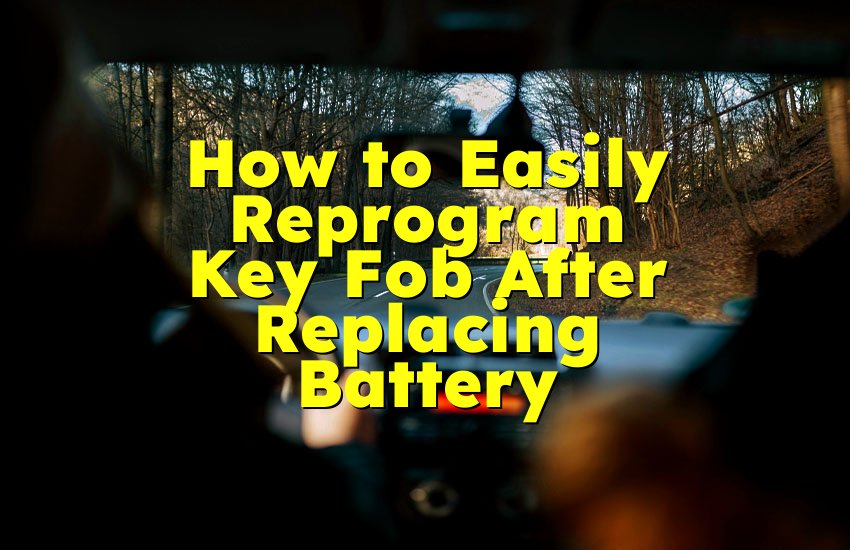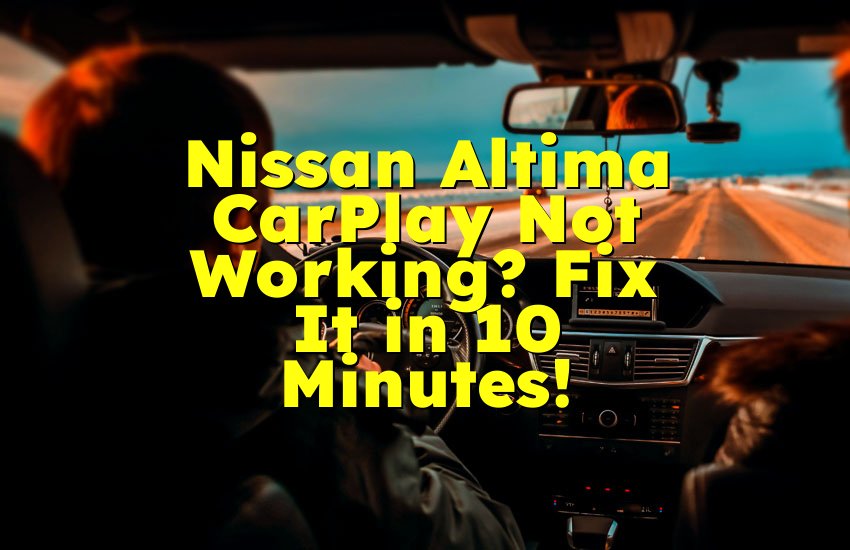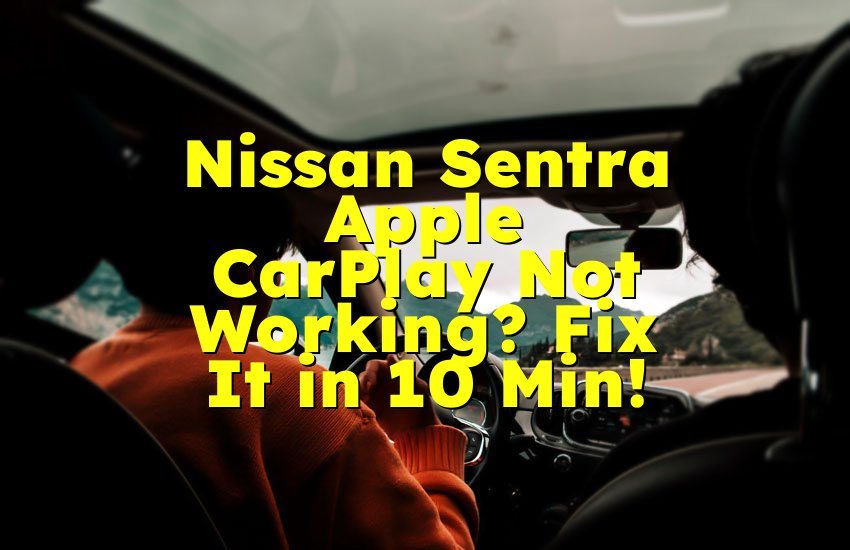As an Amazon Associate, I earn from qualifying purchases at no extra cost to you.
You Can Charge Your Car Battery Without a Charger: Here’s Exactly How
You wake up and your car won’t start. You check the battery – it’s dead. And the worst part? You don’t have a battery charger. If this has happened to you, don’t worry. I’ve been in your shoes and found real, working ways to bring a dead car battery back to life without a charger. Yes, it’s possible. Whether you’re stuck at home, on the road, or far from help, you can still charge your car battery using common tools and smart techniques. Here’s how you can do it, step by step, in the easiest way.
Use Another Vehicle with Jumper Cables
One of the easiest ways to charge your dead car battery without a charger is by using jumper cables and another working vehicle. This method is often called jump-starting. If you have access to a second car, or someone nearby is willing to help, you’re in luck.
First, make sure both cars are parked close enough so the jumper cables can reach both batteries. Turn off the ignition on both vehicles. Open the hoods and find the batteries. Most batteries will have two terminals: a positive one marked with a plus sign (+) and a negative one marked with a minus sign (−).
Connect the red (positive) clamp to the positive terminal on the dead battery. Then, connect the other end of the red clamp to the positive terminal on the working battery. Now, connect the black (negative) clamp to the negative terminal on the working battery. Here’s an important part – do NOT connect the black clamp to the dead battery’s negative terminal. Instead, clip it to a clean, unpainted metal surface on the car with the dead battery. This reduces the risk of sparks.
Start the engine of the car with the working battery and let it run for a few minutes. This gives some time for the dead battery to receive power. Then, try starting the car with the dead battery. If it starts, great! Keep it running for at least 15 to 30 minutes to allow the alternator to continue charging the battery.
If your car doesn't start, wait a few more minutes and try again. Still no luck? The battery might be too far gone, or there may be another issue, like corroded cables or a bad alternator.
When you’re done, remove the cables in the reverse order: black clamp from the grounded metal surface, black clamp from the good battery, red clamp from the good battery, then red clamp from the dead battery. Be careful not to let the clamps touch each other while they are connected.
- Park both cars close together
- Turn off both ignitions
- Connect red to dead battery’s + terminal
- Connect red to good battery’s + terminal
- Connect black to good battery’s − terminal
- Connect black to a metal part on the dead car (not the battery)
- Start the working car and wait a few minutes
- Try starting the dead car
Try the Push Start Method (for Manual Cars)
If you’re driving a car with a manual transmission, you can try the push start method. This method only works for manual cars, so if you have an automatic, you'll need to try a different way.
Start by making sure your car is in second gear, and the ignition key is turned to the “on” position. You'll also need at least one other person to help you push the car. If you're on a slight hill, even better, as gravity can help.
Press the clutch pedal all the way down and keep it down. Have your helper start pushing the car to get it moving. You'll need to reach a walking speed or a little faster. Once you're moving, quickly release the clutch pedal while giving the car a little gas (pressing the accelerator). If done correctly, the engine should start running.
Once the engine starts, press the clutch again quickly so the car doesn't stall. Keep the engine running and drive around for at least 15 to 30 minutes to help recharge the battery.
This method works because the movement of the wheels helps turn the engine over, just like the starter would do, which kicks the engine into action. It's a neat trick and a real lifesaver in an emergency.
- Only works with manual transmission cars
- Put car in second gear
- Turn ignition to ‘on’
- Press clutch and hold it
- Get help pushing the car
- Once moving, release the clutch quickly
- Engine should start
- Press clutch again and keep engine running
Use a Solar Car Battery Charger
A solar car battery charger is a smart option if you don't have a traditional charger and you’re in a sunny place. It's not the fastest method, but it can be very useful, especially if you plan ahead.
Solar chargers use sunlight to create electrical power, which they pass to your car battery. Some solar chargers plug into your car’s cigarette lighter or power outlet. Others connect directly to your battery terminals.
To use one, place the solar panel where it will get full sunlight, like on your dashboard or outside on the windshield. If it has suction cups or mounts, use them to keep the panel in place. Then, plug it into the cigarette lighter or attach the clips to your battery’s terminals – red to positive, black to negative.
Now, let the charger do its job. Charging this way can take several hours or even a full day, depending on the sunlight and the power of your solar charger. Some solar panels are strong enough to maintain your battery’s charge, while others can slowly bring a dead battery back to life.
Keep in mind that not all solar chargers are powerful enough to fully charge a completely dead battery. But if your battery is just low, this can be a great way to bring it back.
- Works best in sunny areas
- Place panel in sunlight (dashboard or windshield)
- Plug into power outlet or connect to battery terminals
- Red to positive, black to negative
- Leave in sunlight for several hours
- Slow method but effective over time
Use a Portable Car Jump Starter
A portable jump starter is a handy tool to keep in your car. It's a small device that stores power and can jump-start your car without needing another vehicle.
To use it, first make sure the jump starter is fully charged. Most have lights or a screen that shows battery levels. Next, open your hood and locate the battery terminals. Attach the red clamp to the positive terminal and the black clamp to the negative terminal. Some devices come with safety features that alert you if you connect it the wrong way.
Once the clamps are attached, turn on the jump starter and then try to start your car. If everything is working right, your car should start right up. After starting, leave your car running and disconnect the jump starter by removing the clamps in the reverse order – black clamp first, then red.
Jump starters are a great backup option. They don't charge the battery in the traditional way but give it just enough power to start the car. After that, your car’s alternator will do the rest.
Many portable jump starters also include USB ports, lights, and even air compressors. If you don't already have one, it's a great tool to buy for future emergencies.
- Make sure jump starter is charged
- Connect red clamp to positive battery terminal
- Connect black clamp to negative terminal
- Turn on jump starter
- Try starting the car
- If it starts, keep engine running
- Disconnect clamps in reverse order
Swap Batteries with Another Car Temporarily
If none of the above methods work and you're stuck with no power, you can temporarily swap batteries with another car. This is more of a last-resort method and requires some tools.
Start by opening the hoods of both cars. Use a wrench to remove the battery cables from both batteries. Remove the dead battery from your car and take the good battery from the other vehicle. Place the good battery into your car and connect the cables – positive to positive and negative to negative.
Try starting your car. If it starts, let it run for 15 to 30 minutes to charge up. Then, turn off the car, remove the good battery, and put your original battery back in. Start the car again. If it starts, you've given it enough charge to run again.
Be very careful while doing this. Always wear gloves and safety glasses. Make sure you're connecting the right terminals. A mistake can cause sparks or damage.
This method is not ideal for long use, but it can help in a serious pinch when no other option is available.
- Requires tools like a wrench
- Disconnect both batteries
- Remove dead battery from your car
- Install good battery from another car
- Start your car and let it run
- Put original battery back after charging
- Be very careful with connections
Use a Power Inverter with a Household Plug
If you have access to a power inverter and another vehicle with a working battery, you can use this method. A power inverter changes DC power (from a car battery) into AC power (like from your house).
Here's how it works. First, connect the inverter to the working car's battery using alligator clips or a cigarette lighter plug. Then plug in a regular home battery charger into the inverter. Finally, connect this charger to your dead battery just like you normally would.
Even though we're talking about ways to do this without a charger, some people may only have a household plug-in charger, not a jump starter. This method lets you use that charger, even when you’re not at home.
The working car powers the inverter, and the inverter powers your home charger. This setup is safe if done correctly, but you need to make sure your inverter can handle the power load of the charger.
This option is more complex but still helpful if you’re creative and have the right gear.
- Connect inverter to a working battery
- Plug a home charger into the inverter
- Use charger to charge dead battery
- Make sure inverter can handle charger load
- Only use if no other options available
Final Thoughts
When your car battery dies and you don't have a charger, it can feel like a big problem. But now you know it's not the end of the road. There are several real and easy ways to get your car running again using what you have. Whether it’s a jump-start, a push, or even a solar charger, each method can save the day. Next time this happens, stay calm and use one of these simple tricks to bring your battery back to life and get back on the road.
Frequently Asked Questions (FAQs)
Is it safe to jump-start a car without a charger?
Yes, it is safe if you follow the correct steps. Using jumper cables and another car is one of the most common ways to charge a dead battery without a charger. Just be sure to connect the cables in the right order: red to positive and black to a grounded metal part. Don't let the clamps touch each other while connected to power. Wear gloves if possible and check for signs of damage or leaks on the battery. If you notice anything unusual, it's better to get help from a professional.
Can I charge my battery using just a solar panel?
Yes, but it depends on the type of solar panel you use. Small solar chargers can slowly recharge a weak battery or keep it from dying, but they take a long time to charge a fully dead battery. You'll need full sunlight and patience. Stronger panels with more watts can do the job faster, but they cost more. Solar charging is a great eco-friendly option if you plan ahead or live in a sunny place.
Do I need to replace my battery after a jump-start?
Not always. If your battery died because a light was left on or it's very cold outside, a jump-start may be all you need. Drive the car for at least 30 minutes afterward to let the alternator charge the battery. However, if this keeps happening or the battery doesn’t hold a charge, it may be time to replace it. Check the battery's age – most last 3 to 5 years. Frequent issues might mean it's worn out.
Is it possible to damage my car using jumper cables?
Yes, if you don't use them the right way. Hooking up the cables backward (positive to negative) can cause sparks, damage electronics, or even blow a fuse. Always double-check which terminal is which. Also, don't touch the metal clamps together while connected to a battery. Take your time, follow the order, and be cautious. If you're unsure, ask someone with experience or check the car manual.
Can I use a power bank to start my car?
Only if it’s a special car jump starter power bank. Regular phone power banks don't have the power needed to start a car. Car jump starter power banks are made to deliver a short, strong burst of energy to the battery so it can start. They come with clamps and safety features and are small enough to keep in your glovebox. If you don't already own one, it's a good investment for emergencies.
Do I have to drive after jump-starting my car?
Yes, you should drive the car for at least 15 to 30 minutes after a jump-start. This gives the alternator enough time to recharge the battery. If you only drive for a few minutes and then turn the car off again, the battery might still be too weak to start next time. Try to drive on roads with less traffic where you can stay running longer. If the battery dies again soon after, it might need to be replaced.
Can I charge my car battery using a laptop charger or phone charger?
No, this is not safe and should never be done. Laptop or phone chargers don't give out the right kind of power and can damage the battery or cause a fire. Car batteries need a specific voltage and amperage to charge properly. Always use tools made for car batteries, like jumper cables, solar chargers, or a proper battery charger. Using the wrong device is dangerous and not worth the risk.
Is it okay to leave a solar charger connected all the time?
Yes, most solar car battery chargers are designed to be left connected. They usually come with overcharge protection that keeps your battery from getting damaged. Leaving a low-power solar panel connected to a car that isn't driven often can actually help maintain the battery's health. It's a safe and smart way to make sure your battery doesn't go dead if the car sits unused for days or weeks.











